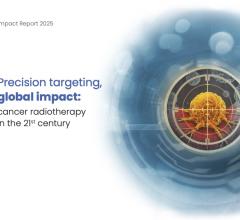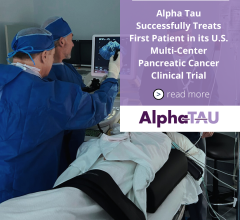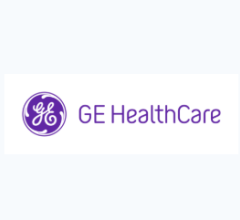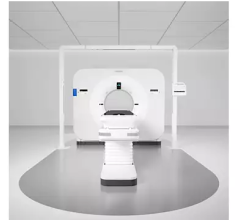July 31, 2014 — An innovative new data collection system could revolutionize the way doctors provide treatment, helping them improve outcomes and decrease side effects for cancer patients, according to research presented at the 56th Annual Meeting of the American Association of Physicists in Medicine (AAPM).
Oncospace is a data mining system designed by medical physicists that collects comprehensive information on head and neck cancer patients to provide guidance in developing high-quality patient-specific therapy. The database contains insights on more than 500 patients and continues to grow.
“Radiation therapy protocols are based on clinical trials, but represent care given to fewer than five percent of patients, take years to get results and generally don’t reflect standard practice,” said Todd McNutt, Ph.D., lead author of the study, and associate professor of medical physics and director of clinical informatics in radiation oncology at the Johns Hopkins University School of Medicine, Baltimore. “This system taps into the vast knowledge that exists in data resulting from routine clinical care. It enables us to capture meaningful information in real-time to help design individualized treatment plans and increase the likelihood of success.”
Using Oncospace, healthcare providers continually input information about cancer patients, ranging from family history, medications, surgical procedures and test results to specifics about the tumor (type, stage, size, shape), treatments — including radiation received (dose and target area) — and outcomes. Aggregating the information from all patients, researchers can detect patterns, predict the likelihood of side effects and gather other insights that help them design the best plan for new patients individually.
For example, based on information from 513 head and neck cancer patients, researchers found those who had high doses of radiation to small areas of the larynx, esophagus and muscles of the throat were more likely to have difficulty swallowing, whereas dry mouth was more likely to occur in patients who had lower doses of radiation to larger areas of the salivary glands, inside of the mouth or lower jaw. In new patients, doctors can plan for those side effects — such as by using prophylactic medications or placing a feeding tube before treatment — or lessen or avoid them by revising the radiation treatment plan to minimize the risks.
“The ultimate goal is to use ‘big data’ to provide personalized medicine, meaning for each new patient we’ll have information from the database that can help us predict how well that patient will do, whether he or she is likely to suffer specific side effects and the success of each treatment, and then design the best therapy for that individual,” said McNutt. “The system combines the real-world and ongoing information gathered in a registry with the research-level data collected in a trial.”
The researchers are gathering information on other cancers as well, including pancreas and prostate. The plan is to grow the program and eventually share it with other institutions to compare practices and continually improve treatment.
In addition to McNutt, co-authors of the Oncospace research presented at AAPM are: S. Robertson, H. Quon, A. Kiess, J. Moore, W. Yang, Z. Cheng, and A. Sharabi.
For more information: www.aapm.org


 December 11, 2025
December 11, 2025 









